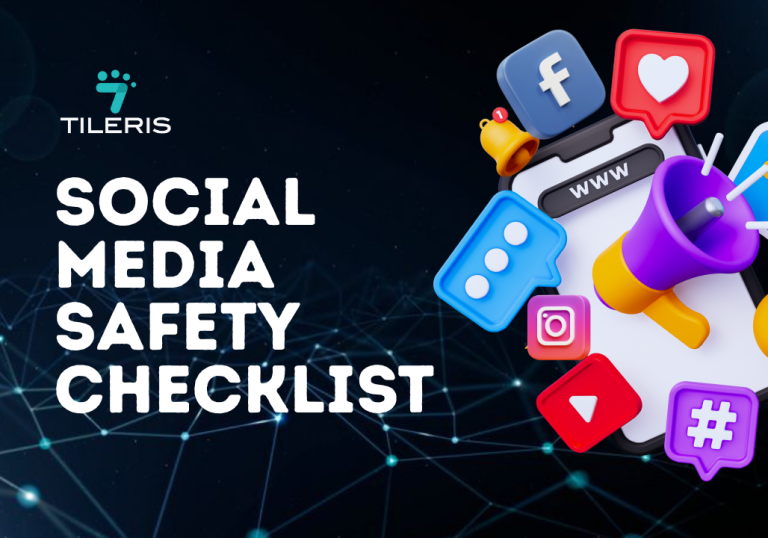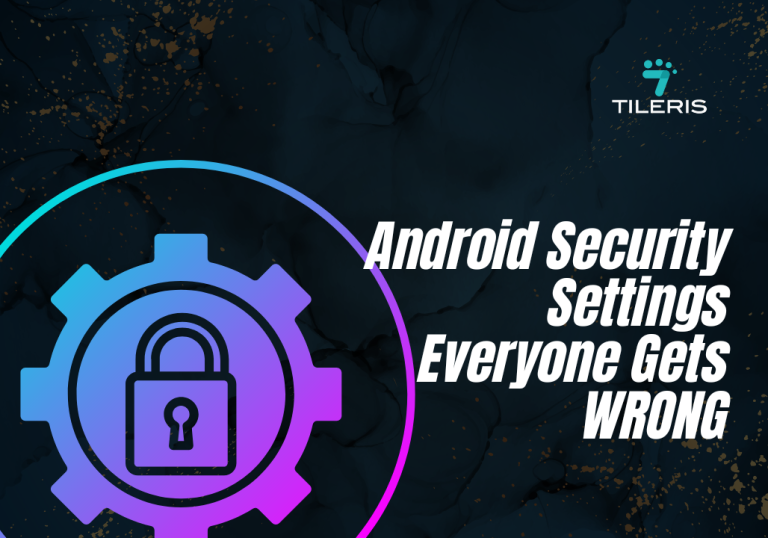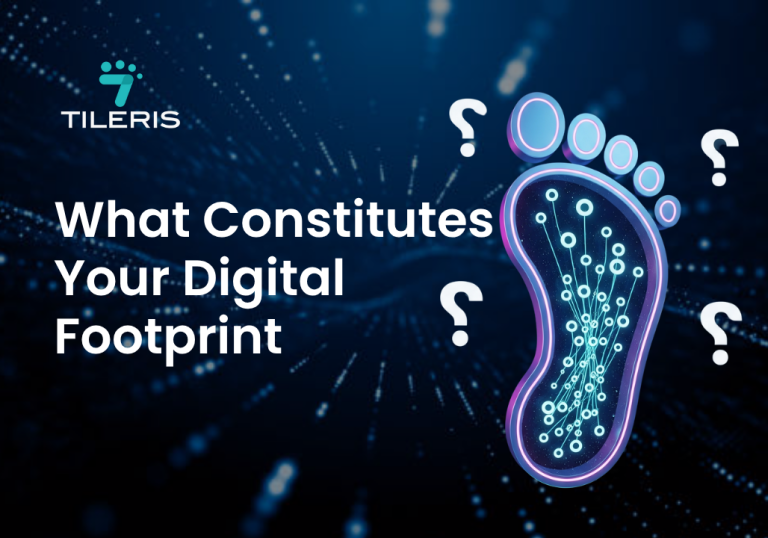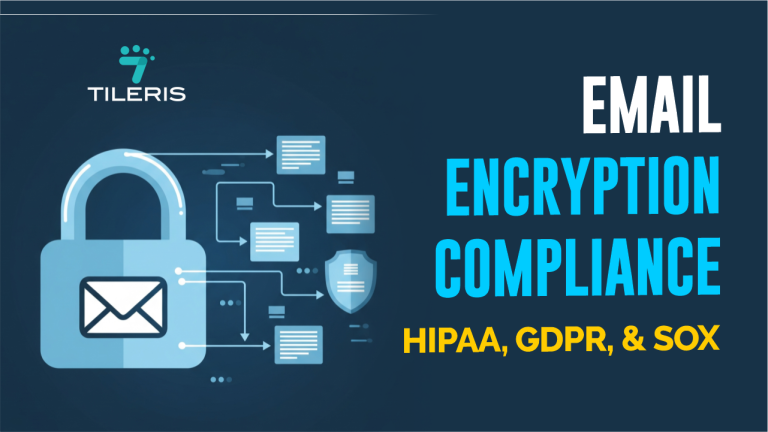Email Encryption For Kids: Teaching Digital Privacy Early
Introduction
Imagine this: you open your child’s email, thinking it’s just silly jokes or game updates. Instead, you find them sharing their home address, favorite pet’s name, or even their school schedule with someone they “met online.” It’s a parent’s worst nightmare. In our increasingly digital world, kids are online earlier than ever before. This makes digital privacy education not just important, but essential for them. Digital safety would not just be about avoiding strangers. It’s also about understanding how information travels and how to keep it private. Parents need simple, age-appropriate ways to guide their children. It’s crucial for teaching kids digital privacy from a young age, ensuring they understand the basics of online security.
This guide will walk you through practical steps for teaching kids digital privacy effectively. We’ll show you how to introduce email security concepts, even complex ones like encryption. We’ll cover everything from basic privacy rules to understanding what email encryption for children actually entails. It’s about teaching kids digital privacy safely and effectively for their digital future.
1. Ages 6-8: Basic Privacy Concepts
At this young age, the complex technical terms won’t stick. The goal is to build a foundational understanding of what information is personal. This is the first step in teaching kids digital privacy.
Focus: Understanding What Information Is Private
Start by explaining the difference between public information and private information. Public information is like their favorite color or what they had for breakfast. Private information is like their full name, home address, or phone number. Emphasize that some secrets are meant to be kept safe. This helps lay the groundwork for understanding later concepts in digital privacy education.
Conversation Starter for Parents: “What kind of information is okay to share with everyone? What kind of information should only our family know?”
Method: Use Simple Analogies and Games
Kids learn best through play and simple stories.
- The Secret Box Game: Use a physical box with a lock. Explain that some information (written on paper) goes inside. Only people with the “key” (trust) can see it.
- “Stranger Danger”: Explain that just like they shouldn’t tell a stranger their home address in person, they shouldn’t share it online either.
- The “Who Knows My Secret?” Game: Whisper a simple secret to them. Then ask who else they can tell. Explain some secrets are only for very few, trusted people. This is a core part when teaching kids digital privacy.
You teach your child not to give their home address to strangers on the street. It’s the same rule for the internet. Their home address, phone number, and even their school name are private. They should never share these details in an email, especially with people they don’t know well. This foundational lesson is key for email encryption for children and their overall safety.
Parental Insight: Building Trust and Open Dialogue
For these younger years, it’s all about establishing clear boundaries and open communication. Talk about what information is public versus private, emphasizing that safety is the biggest reason for these rules. Encourage your child to always ask you before they share anything online, and make sure they know you’re there to help them navigate the digital world. This proactive approach is essential for teaching digital privacy effectively.
2. Ages 9-12: Introduction to Email Safety
At this stage, kids are likely starting to use email for communication. This is when we move from general privacy to specific email safety. This is a critical age for digital privacy education directly related to emails and setting up for email encryption.
Focus: Safe Email Practices and Recognizing Suspicious Messages
Teach them how emails work and the importance of sender identification. Focus on recognizing “tricky” messages, like phishing attempts. Show them how suspicious emails look. This is vital for email encryption because even encrypted emails can’t protect against trickery if the user is fooled.
Conversation Starter for Parents: “How do you know an email is safe to open? What makes an email look like a trick?”
Method: Interactive Demonstrations and Role-Playing
- “Spot the Scam” Game: Show them examples of real (or mock) phishing emails. Point out red flags: weird sender addresses, strange links, urgent requests. Ask them, “Would you click this?” This helps with practical teaching.
- Password Power-Up: Explain strong passwords are like super strong locks. Demonstrate creating strong passwords (e.g., using three random words). Emphasize never sharing them. This is basic for email encryption for children too.
- Role-Playing: Pretend to be a “bad guy” sending a fake email. Have them practice identifying it and telling you.
Example: Like Teaching Them to Lock or Keep Their Diary for Privacy.
Think of their email as their diary. They lock or keep their diary for privacy. An email needs its own “lock.” Teach them that clicking suspicious links is like leaving the diary wide open. Explain that a secure email is like a locked diary. This builds their understanding of email encryption and its purpose in protecting their digital space.
Parental Insight: Practical Steps for Digital Vigilance
For pre-teens, actively discuss what makes an email suspicious. Show them how to identify phishing attempts by looking at the sender’s address and strange links. Reinforce the importance of strong, unique passwords for every online account, not just email. Make sure they know they should never click links or download attachments from unknown senders. These are practical steps for teaching kids digital privacy.
3. Ages 13-16: Understanding Encryption Basics
Now, they’re old enough to grasp the “how” and “why” of encryption. This is where you can introduce the actual concept of email encryption for children in more detail.
Focus: How Encryption Works and Why It Matters
Explain that encryption is like scrambling a message. Only the person with the “key” can unscramble it. This keeps private messages private. Discuss why this matters for their messages, photos, and personal information online. Emphasize that even if someone intercepts an encrypted email, they won’t understand it. This truly deepens their understanding of digital privacy education and its technical underpinnings.
Conversation Starter for Parents: “When you send a text, how does the app keep it secret? What if someone else could read your private messages?”
Method: Visual Demonstrations and Hands-On Practice
- Secret Code Activity: Write a simple message. Then use a basic substitution cipher (e.g., A=Z, B=Y) to encrypt it. Show them how hard it is to read without the key. Then reveal the key. This is a simple visual for email encryption for children.
- “Encrypted App” Comparison: Point out popular messaging apps (like WhatsApp or iMessage) that use end-to-end encryption. Explain that their private chats are secured in a similar way. Reinforce the concept through everyday tech.
- Demonstrate S/MIME or PGP (if applicable): If you use email encryption, show them your own email client. Briefly explain how you click a button to encrypt or sign. No need for deep technical details, just the user experience of email encryption for children at work.
Example: Like Explaining How Secret Codes Work in Spy Movies
Remember those spy movies with secret codes? Encryption is exactly like that. It’s a super-secret code that only the right person can break. If a bad guy tries to read your encrypted email, it just looks like gibberish. This is why email encryption for children is so powerful. It makes their messages unreadable to anyone else. It’s about taking active steps in a world of complex data.
Parental Insight: Discussing the Power of Encryption
As your child matures, discuss the technical aspects of encryption in a simplified way. Explain the concept of keys and how they lock and unlock messages. Encourage them to use services that offer strong encryption for their emails and other communications. Discuss how encryption protects their personal thoughts and data from unintended eyes. This advanced conversation is key for teaching kids digital privacy.
4. Parental Guidance: Setting Up Safe Email Accounts
For parents, choosing the right email service and setting up proper controls is paramount. This section is specifically for your role in teaching kids digital privacy.
It’s not just about enabling encryption. It’s about providing a safe environment from the start. Look for providers that offer strong privacy features, parental controls, and ideally, built-in encryption. Consider services designed specifically for families. This decision is crucial for the overall success of email encryption for children.
Method: Step-by-Step Setup Guides for Parents
- Research Kid-Friendly Email Services: Look into options like Google Family Link, Zoho Mail (with family features), or dedicated kid-safe email platforms.
- Parental Controls: Understand and activate all available parental controls. This includes restricting contacts, monitoring activity (with your child’s knowledge), and setting screen time limits. This is a vital part of teaching kids digital privacy.
- Two-Factor Authentication (2FA): Help your child set up 2FA for their email account. Explain it as an extra lock on their digital door. This is a crucial beyond just encryption.
- Regular Check-ins: Schedule regular, open conversations about their online activity. Make it a safe space for them to share concerns.
When you teach a child to ride a bike, you start with training wheels. Choosing a secure, parent-controlled email account is like those training wheels. It provides a safe, guided environment. As they grow more responsible, you can gradually loosen controls. This prepares them for independent online activity. It’s an essential part of implementing email encryption for children safely.
Parental Insight: Your Role in Securing Their Digital Space
As a parent, you play a central role in providing a secure foundation. Research and choose email services that prioritize privacy and offer robust parental controls. Don’t just set up the account; actively engage with the settings. Make sure Two-Factor Authentication is enabled for an extra layer of security. Most importantly, maintain open, honest conversations with your child about their online activities. This continuous dialogue build trust and makes teaching kids digital privacy a shared journey.
5. Educational Tools and Resources
Learning doesn’t have to be boring! Many excellent tools can make teaching kids digital privacy fun and engaging. These resources complement your efforts in introducing email encryption for your children.
Focus: Games, Apps, and Websites That Teach Digital Privacy
There’s a wealth of interactive content designed to help kids understand complex digital concepts. These tools use storytelling, puzzles, and interactive scenarios to make learning stick. They are great for teaching kids digital privacy in an accessible way.
Method: Curated List of Age-Appropriate Learning Tools
- Interland by Google (Be Internet Awesome): This online game teaches internet safety, including how to spot phishing and protect personal information. It’s highly engaging and visually appealing.
- Privacy Pirates (Common Sense Media): An interactive game where kids learn about personal information and sharing.
- Kid-Friendly Videos: Search YouTube for channels that explain internet safety in a fun way (e.g., PBS Kids, Common Sense Education).
- Storybooks: Look for children’s books that introduce concepts like digital footprint, online etiquette, and privacy.
Example: Like Using Educational Games to Teach Math or Reading
Just as you use educational games to teach math or reading, you can use digital tools to teach privacy. These games and apps make learning about online safety an adventure. They help kids understand the “why” behind your rules. This makes email encryption for children a more tangible concept. They learn by doing and exploring, making teaching kids digital privacy much more effective.
Parental Insight: Leveraging Engaging Resources
Don’t feel like you have to teach everything alone. Many fantastic educational tools are available to help reinforce digital privacy concepts. Explore interactive games, animated videos, and even storybooks that break down complex ideas into kid-friendly formats. Playing these games or watching these videos together can spark great conversations and make the lessons about email encryption for children more memorable. These resources are invaluable in a way that truly connects with them.
Conclusion
Digital privacy education is no longer optional; it’s fundamental. From simple analogies for the youngest learners to hands-on encryption basics for teens, every step matters. By proactively engaging in email encryption for children, you’re not just protecting them today. You’re also empowering them to navigate the complexities of the digital world with confidence and security for years to come.
Start these conversations early. Make digital safety an ongoing family discussion. Equip your children with the knowledge and tools they need to protect their digital selves. A secure digital future begins with educated, aware children, built on a foundation of proper teaching kids digital privacy.
Ready to secure your family’s digital Life? Don’t leave your children’s digital communications vulnerable. Take the next step to ensure their online privacy and safety set up smart parental controls, and continue the conversation about digital privacy with your kids.
Check out our trusted AI agents offering you strong cybersecurity options and request a demo today! Your proactive efforts in email encryption for children make all the difference!







